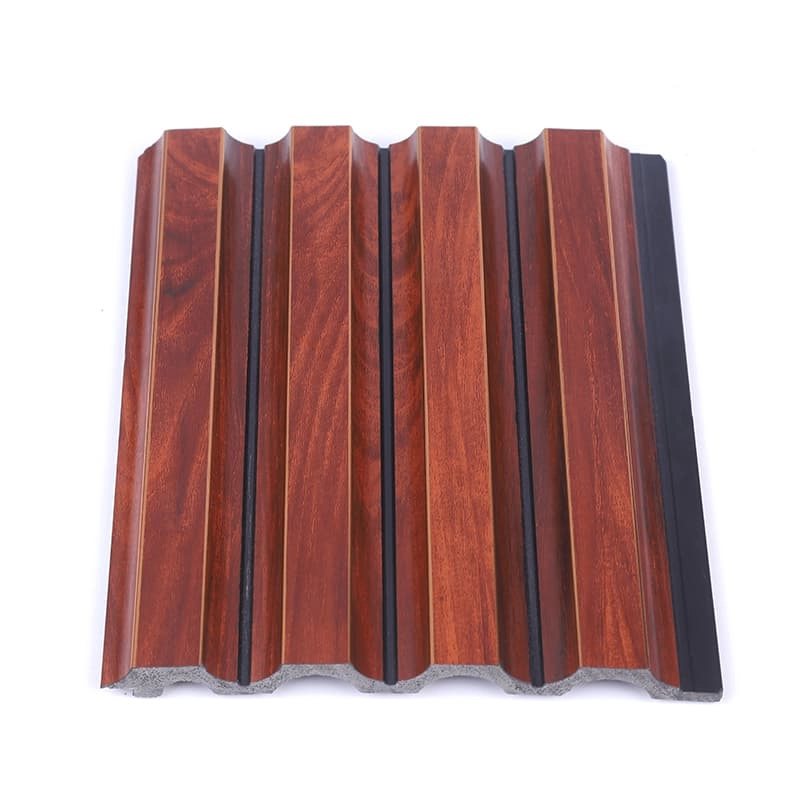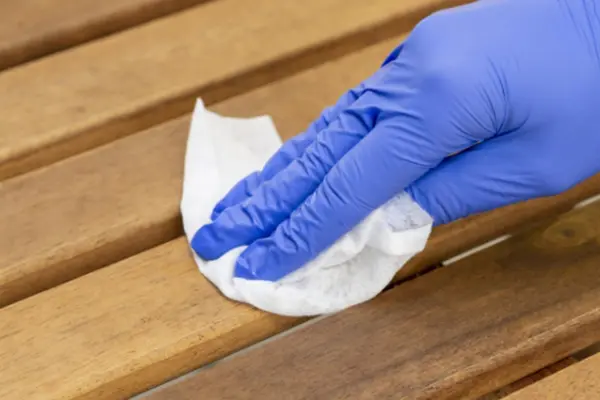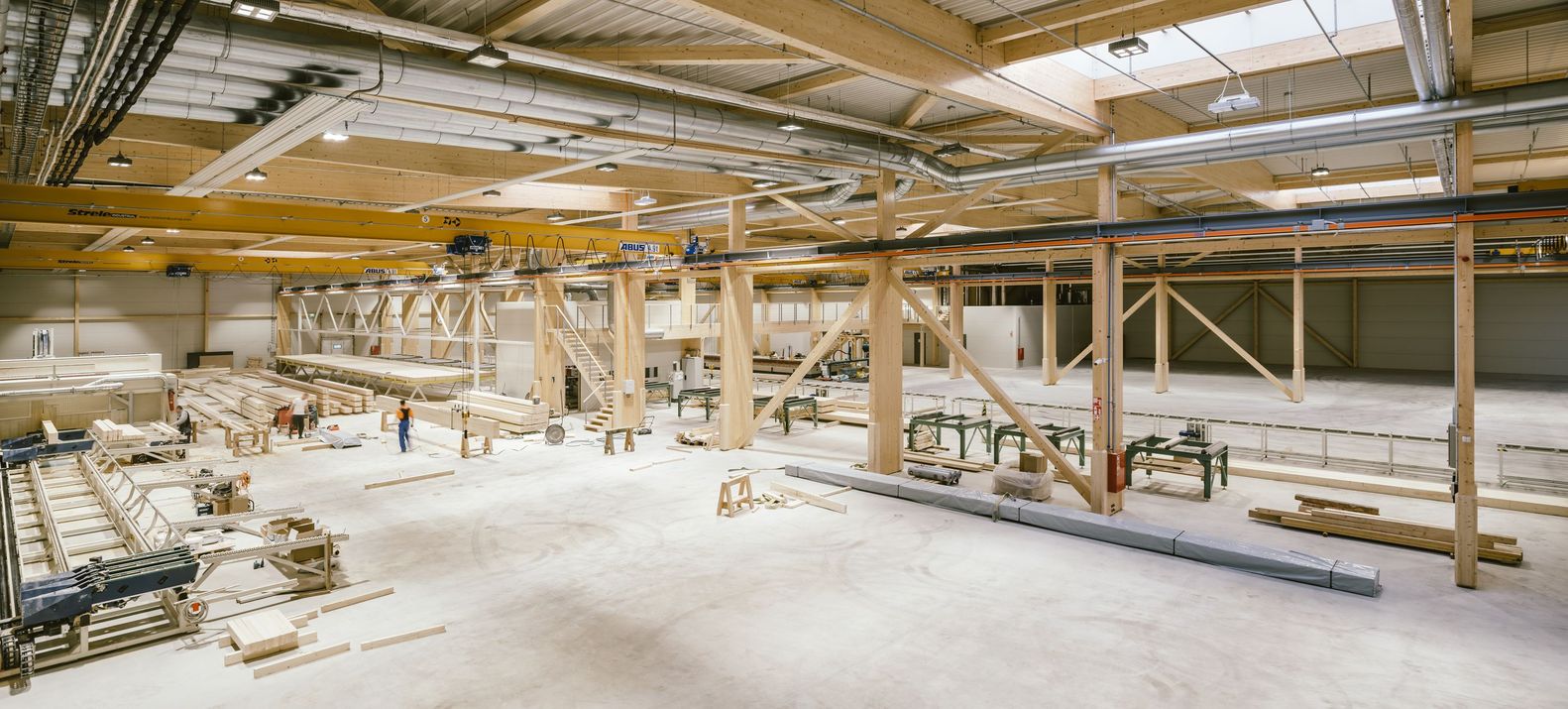CATEGORIES
WPC Boards: The Ultimate Guide to Termite Resistant and WPC Termite Proof Solutions
Are you searching for durable, termite resistant, and stylish building materials? This comprehensive guide explores WPC (Wood Plastic Composite) boards, highlighting their superior termite protection, water resistance, and versatility for both interior and exterior applications. Discover why WPC boards are becoming the go-to choice for homeowners, builders, and designers seeking long-lasting, termite proof solutions. This article is worth reading because it equips you with the knowledge to make informed decisions about your next project, ensuring both aesthetic appeal and long-term value.
What Makes WPC Boards Termite Resistant?
WPC boards are engineered to be highly termite resistant, a crucial advantage over natural wood. The composition of WPC is key to its termite protection. Unlike traditional wood, which is primarily composed of cellulose, WPC combines wood fiber or wood powder with plastic content, typically polyvinyl chloride (PVC), polypropylene, or polyethylene. This composite material structure is unattractive to termites, which primarily feed on cellulose. The presence of the plastic content significantly reduces the appeal and digestibility of the material for these pests, making WPC boards a deterrent.
Additionally, WPC boards often include chemical additives that further enhance their termite resistance. These additives can act as repellents or disrupt the termites' ability to digest the material. This multi-layered approach—the inherent properties of the composite structure and the inclusion of protective additives—makes WPC a formidable barrier against termite infestation. This ensures the longevity and structural integrity of the wpc board in various environmental conditions.
Another factor contributing to the termite resistant quality of WPC is its low moisture absorption. Termites thrive in damp environments, and the moisture resistance of WPC minimizes conditions conducive to their survival. By preventing the moisture that termites need, WPC further reduces the risk of infestation and subsequent damage.

Are All WPC Boards Truly Termite Proof?
While WPC boards are renowned for their high degree of termite resistance, it's essential to understand that no material is entirely termite proof under all circumstances. The term "termite resistant" is more accurate than "termite proof", as it reflects the level of protection against termites. The effectiveness of a WPC board in resisting termites depends on several factors, including the WPC's specific formulation, manufacturing quality, and the severity of termite infestation in the surrounding area.
Proper installation and maintenance are also crucial. Even the best WPC boards can be vulnerable if they are poorly installed, leading to cracks or gaps where termites could potentially enter. Regular cleaning and inspection can help to identify and address any potential vulnerabilities, maintaining the termite resistance of the boards over time. Moreover, the density of the WPC material can influence its resistance; higher density generally means greater termite protection.
Another aspect to consider is the plastic content within the WPC. A higher proportion of plastic typically enhances termite resistance, as termites primarily target wood fiber. Ensure that the WPC board you select has a formulation that prioritizes resistance to pest infestations. You should also look for products that are manufactured in a controlled environment following strict quality standards.
What are the Key Benefits of Using WPC Over Traditional Wood?
Choosing WPC boards over traditional wood offers a compelling array of advantages, particularly for projects where durability and low maintenance are paramount. One of the most significant benefits is superior termite resistance, ensuring the long-term structural integrity of your construction. This makes WPC a more cost-effective choice in the long run, as it eliminates the need for costly termite treatments and repairs.
WPC boards also excel in moisture resistance, making them ideal for outdoor applications, such as outdoor deck flooring, garden furniture, and cladding. Traditional wood is susceptible to rot, decay, and swelling in humid or wet conditions, whereas WPC maintains its shape and appearance, minimizing moisture retention. This advantage makes WPC boards more durable and ensures a longer lifespan, even in challenging environmental conditions.

Beyond their functional benefits, WPC boards are also an eco-friendly choice. Many WPC products are made with recyclable materials such as wood fiber, reducing the demand for natural wood and helping to curb the deforestation and wastage that generally occurs from using traditional wood. This sustainability aspect is increasingly important for builders and consumers alike, making WPC a responsible choice for building materials.
How Does WPC Board Durability Compare to Other Materials?
When considering building materials, durability is a critical factor. WPC boards offer exceptional durability compared to traditional wood and many other materials. The composite nature of WPC allows it to withstand the elements better than natural wood, which is susceptible to moisture, rot, termite damage, and decay.
Compared to pvc, WPC provides a more natural aesthetic with the look and feel of traditional wood, while still offering superior durability and resistance to environmental damage. This makes WPC boards a more aesthetically pleasing and long-lasting alternative to pvc in many applications.
The manufacturing process significantly impacts the durability of a WPC board. High-quality WPC boards are manufactured with precision, ensuring consistent density and composition throughout the product. This consistency results in enhanced durability and resistance to wear and tear. Proper installation and maintenance further contribute to the long-term performance and durability of WPC boards.
What are the Different Applications for WPC Boards?
WPC boards are incredibly versatile, suitable for a wide range of applications in both interior and exterior settings. They are widely used as wall paneling, decking, fencing, cladding, and more. The termite resistance and moisture resistance of WPC make it an excellent choice for outdoor applications, such as outdoor deck flooring, where the material is constantly exposed to the elements.
In interior applications, WPC boards are used for wall paneling, bathroom cabinets, and even furniture components like wardrobe. The boards are available in a variety of colors, textures, and designs, allowing for customization to match any design scheme. The termite-proof nature of the wpc makes it suitable for both home or office use.
WPC boards are also gaining popularity in commercial settings. They are ideal for use in hotels, restaurants, and other public spaces where durability and low maintenance are essential. Furthermore, WPC is used in creating display boards and exhibition stands, where its versatility and visual appeal are highly valued. The material is also eco-friendly and used to curb the deforestation and wastage that generally occur from using conventional materials.

What is the WPC Board Manufacturing Process?
Understanding the manufacturing process of WPC boards provides valuable insight into their quality and performance characteristics. The process typically involves several key stages, beginning with the preparation of raw materials. This includes processing the wood fiber or wood powder, which might involve drying and grinding the wood fiber to achieve a consistent particle size. Then, the wood fiber is blended with the plastic content, which can be recycled plastic waste or virgin polymer.
Next, the composite mixture is combined with various additives, such as uv stabilizers, colorants, binding agents, and termite resistant chemicals. The inclusion of these additives enhances the performance and appearance of the final product. The mixed ingredients are then fed into an extruder, where they are heated and mixed to form a homogeneous melt.
The molten composite material is extruded through a die, which shapes the WPC board into its desired form. This continuous extrusion process allows for the creation of boards with a consistent profile and dimensions. After extrusion, the boards are cooled, often through a water bath, to solidify their shape. They are then cut to length, and surface treatments, such as embossing or graining, may be applied to enhance their aesthetic appeal.
How do Environmental Conditions affect WPC Boards?
While WPC boards are designed to withstand various environmental conditions, it's important to consider how these conditions can impact their performance. WPC is highly resistant to moisture, humidity, and varying temperatures, making it suitable for both indoor and outdoor applications. WPC is also generally resistant to uv radiation, which can cause fading and degradation of some materials over time.
Exposure to extreme humidity can potentially cause some expansion or contraction in the WPC board, but this is typically minimal and within acceptable limits. Proper installation, with adequate expansion gaps, can mitigate any potential issues related to temperature and humidity.
Regular cleaning and maintenance are crucial to maintaining the appearance and integrity of WPC boards, especially in harsh environmental conditions. Periodic washing with mild soap and water will remove dirt, debris, and other contaminants, keeping the boards looking their best. Inspecting the boards regularly for any signs of damage or wear will allow for prompt action to be taken, ensuring their long-term performance.
What is the Termite-Resistant Guarantee and Warranty for WPC Products?
When purchasing WPC boards, it's essential to inquire about the termite-resistant guarantee and warranty offered by the manufacturer. A reputable manufacturer should stand behind the quality and performance of its products, providing a warranty that covers termite infestation and other defects. The duration and terms of the warranty can vary, so carefully review the details before making a purchase.
A warranty will typically cover the cost of replacing WPC boards damaged by termites. Some warranties might also cover the cost of labor for replacement. Always confirm the specific terms of the warranty, including any exclusions, limitations, and the procedures for filing a claim.
A termite-resistant guarantee provides an added layer of assurance. It confirms that the WPC boards meet specific performance standards in resisting termite attacks. Always choose products from established manufacturers that provide comprehensive guarantees and warranties. XHI02 OEM Interior Decorative Wall Panels are an excellent example of high-quality products with great performance.
How to Choose the Right WPC Board for Your Project?
Choosing the right WPC board for your project requires careful consideration of several factors. First, determine the application. Are you using the WPC boards for exterior applications, such as decking or cladding, or for interior applications like wall paneling? The application will dictate the required performance characteristics of the WPC board, such as its resistance to moisture, uv radiation, and wear.
Next, consider the desired aesthetics. WPC boards are available in a wide range of colors, textures, and finishes, mimicking the look of natural wood or other materials. Select a board that complements the overall design of your project. Consider the durability and expected lifespan of the WPC material. This is especially important if your project is in an area with extreme environmental conditions.
Finally, consider the installation method. Some WPC boards are designed for easy installation with concealed fasteners, while others require more traditional methods. Ensure that you choose a WPC board that is compatible with your installation preferences and that you are comfortable with the installation process.
Where Can I Find High-Quality WPC Boards and What is the Termite Proof Board Price?
Finding a reliable supplier is crucial for obtaining high-quality WPC boards. Look for manufacturers with a proven track record of producing durable and termite resistant products. Check for certifications and compliance with relevant international standards. XHH03 Luxury Wall Panel Ps 3d Wall Decor Interior Ps Slat Fluted Wall Board is a highly rated product on our website.
Inquire about the termite proof board price from multiple suppliers to compare pricing. Keep in mind that the price can vary depending on the quality, features, and quantity of the WPC boards you need. While price is important, prioritize quality and reliability, as these factors will impact the long-term performance and value of your investment.
To get the most competitive get price, us to get the best prices from China and discuss your project needs. Explore WPC Wall Panel products that meet your specifications and provide long-lasting performance.
- WPC boards offer excellent termite protection.
- Proper installation is key to maximizing the durability of WPC.
- Consider the application, aesthetics, and warranty when selecting a WPC board.





